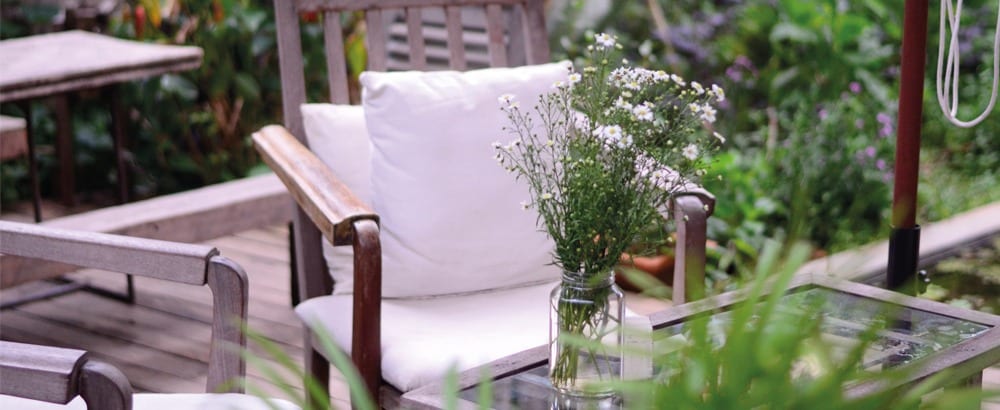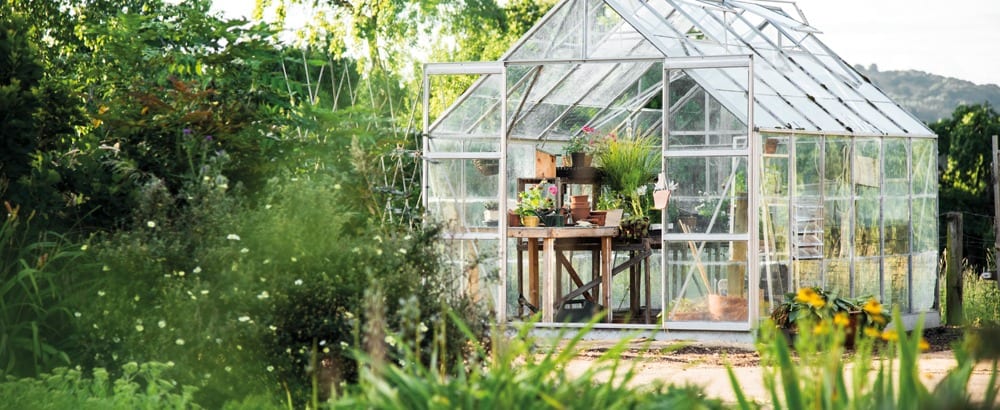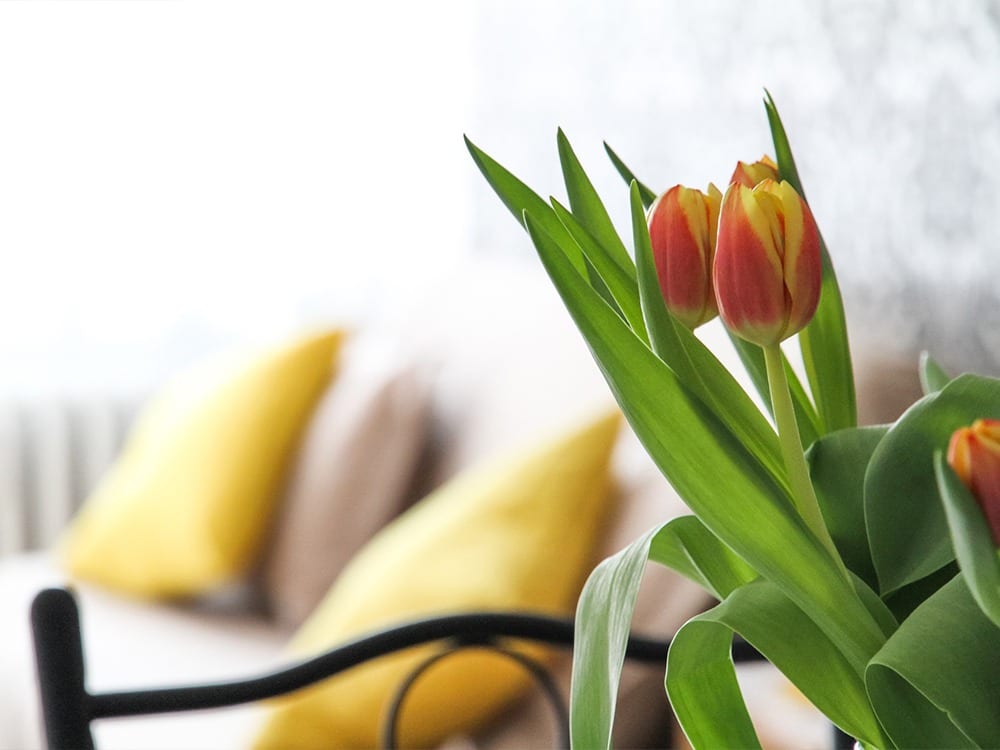How does your garden grow? Does it rival Chelsea Flower Show or is it just patches of green and brown in need of some love and attention? Once it looks good, sit back and enjoy it in style and comfort
We’ve had some good weather in the last few weeks and that has definitely been a bonus as we all adhere to the ‘stay in’ restrictions. The other thing it’s meant is that we’re all enjoying our gardens more – showering them with TLC and generally being more appreciative of our personal green space.
And as we move towards summer with fingers crossed for both sunshine and being able to be with our family and friends again, let’s get out in our gardens and make the most of them!
It’s really important at this time to think about our mental wellbeing as well as keeping physical activity up, simply weeding and prepping pots for new plants boosts your spirits. Then sit back and admire your handy work in some stylish furniture on your patio or decking and under the shade of a gazebo!
The lawn
The crowning glory of many a garden is the lawn and whether you’re attempting to emulate Wembley-like turf for the kids to play football on or a lush green carpet to simply sit back and admire, how do you achieve that? You may have had to reseed in the spring with regular feeding, the lawn is a living plant like any other in your garden and needs nurturing. Cut the grass little and often and give it air if needed, make deep holes to allow it to become aerated and you’ve given yourself a good start.
Pots and containers
If you only really have a patio or small space to make the most of, pots and containers are the answer. Not only are they a practical way to grow plants, they’ll be easier to maintain – just remember they need a lot of root space, water and stability to protect them from the wind. And there are a great variety of pots and containers out there now not just the traditional terracotta, although you could update these with a lick of paint making them as colourful and attractive as the plants they’ll hold.

Outdoor entertaining
This is the fun part of the garden and even if we can’t have our friends and family round to enjoy it at the moment with us, making those video calls with a glass of wine in the garden does at least make it more bearable! More and more now gardens are becoming a true extension of people’s homes so the need for a paved entertaining area with space for a table and chairs is essential.
The ambitious among you could also get your teeth into a pizza oven too, it could be used as a wood-fired fireplace even if you aren’t hungry. Sunken fire pits are becoming more popular and for the really decadent, how about a hot tub to help extend the use of the garden into the evening and in the cooler weather?
Talking of the weather, while we’ve been lucky the past few weeks with some glorious sunshine to enjoy, we all know how fickle the English climate can be so some sort of shelter is a must, choose a summerhouse, gazebo, pergola, awning, shade sails or umbrellas – you’re spoilt for choice if the weather does spoil the party.
Water features
You’ve got the basics done so now it’s time to take it up a notch, how about a water feature to enhance the space and provide a focal point, not to mention the relaxing sound running water makes. Water features don’t just mean ponds, there are any number of ornamental structures available which needn’t take up a great deal of space but can be a real talking point.
Flooring
Decking or natural stone paving are the most traditional methods of flooring for your garden space, think about what you want to use your garden for and if it’s uneven and you want to avoid enormous amounts of levelling then gravel may be the answer.
Lighting
How about shedding some light on your garden too – it will allow you to eat, read or just sit and enjoy it long into the evening and lighting doesn’t have to mean multi-coloured Christmas tree-like adornments, although if it’s a party garden that may be ideal. From spotlights to tea lights, stylish decorative lighting needn’t cost the earth. The right lighting really can add a magical touch to your garden but make sure you position it well – you don’t want guests to feel they are being interrogated!

Play area
Many gardens need to fulfil more than just one function, as well as being somewhere to relax, for many families they have to be somewhere children can play too. So how to combine the two? Perhaps screen off an area using trellis, use a shed to store bulky equipment, consider natural materials for swings and playhouses so it blends in more than manmade alternatives – it’s more environmentally friendly too.
Growing your own
If you’re lucky enough to have room in your garden to grow some veggies, there has never been a better time to give it a go. Not only does it deal with environmental concerns but it’s also a cheap alternative, why not get the kids involved and turn it into part of home schooling too! Nothing beats the taste of fresh veg, herbs and fruit grown by your own hands and don’t let lack of space stop you, tomatoes and strawberries can be grown in pots.
Vertical gardens
These are a great way for people with small gardens to surround themselves with plants. Green walls and vertical gardening allows urban-dwellers to make more of their space. Specialist green wall companies are popping up who can install and help maintain your systems.
Wildlife friendly gardens
Do your bit for the environment with plants and structures that attract wildlife, birds, insects and small mammals. Log piles, hedgehog boxes, bee hotels and more will help to bring wildlife that is interesting to watch, and keep down pests such as slugs and aphids. Many plants are attractive to pollinating insects too.
And most importantly once you’ve created your perfect haven make sure you take time to enjoy it with a glass of something refreshing!












